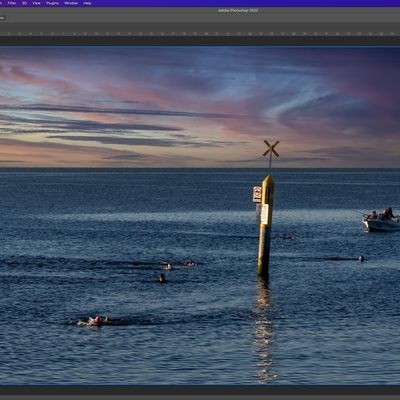

AtmosphereAI to add realistic mist and fog to images.AccentAI to improve shadows, highlights, contrast, tone, saturation and exposure.EnhanceAI to improve color quality, details and tones.Cleans blemishes and dust spots automatically.They even hide behind objects like trees. Realistic sun rays that can be placed anywhere in the photo.RelightAI to relight backlit photos or lighten up dark photos.Here’s a quick summary of some of the other features Luminar Neo offers: This one combines six AI tools that define highlights, midtones and shadows, creating warmer and more vibrant final images. There’s even another contrast-based AI tool called Supercontrast. The StructureAI increases the contrast of images to bring out details around human subjects. Doing so enables you to turn your subject into its own layer. Control the bokeh’s depth of field, softness and opacity.ĪI technology can even remove backgrounds automatically. The Portrait BokehAI tool turns the background behind your subject into a bokeh background blur.

#PHOTOSHOP 2022 FILTERS SKIN#
These tools help you touch up portrait photos by applying corrections to your subject’s facial structure, eyes, lips, skin tone and skin texture. Many of the plugin’s top features use artificial intelligence (AI) to get the job done, starting with FaceAI and SkinAI.

It also works as a standalone desktop application. Substance 3D Materialsįor 3D creators and artists, Photoshop now includes “smart” materials that mimic real-world textures and can be used to quickly create 3D renderings of marble, stone, wood, and other surfaces.Luminar Neo is a powerful photo editing plugin for Photoshop and Lightroom. Initially added last year, Content Credentials beta now allows for multi-user and multi-device workflows, data that can be recovered with the Verify viewer, and global preferences for elements to be included in the export. Adobe says this tool is also designed to help “reinforce trust in digital content for the people viewing it.” To “make sure creators get proper attribution for their work,” Adobe has rolled out a beta of a new Content Credentials tool.Īn opt-in feature for Creative Cloud subscribers, Content Credentials allows users to add “persistent” and “secure metadata” that can be attached to exported files. Guides can now be accessed via a keyboard shortcut or the contextual menu. This is designed to allow for faster setup and work with files that regularly require a precise structure. GuidesĪdobe Photoshop also gets Guide Enhancements, allowing users to customize guides on a per-document level. Live Sharing images are viewable on any browser, allowing people to contribute to the design process without needing an installed version of Photoshop, and require no signup or login. Share For Review sends a link to a version of the image that allows other users to comment on the file, all while still enabling live editing. To better facilitate the use of Photoshop when multiple people have to sign off on a design or a comp, Adobe is introducing a new feature in Beta, Share For Review. In this release, the company has added a Neural Filter to restore old (and damaged) photographs in this release. Neural FiltersĪdobe’s Neural Filters are AI-based tools for quickly performing complex tasks. Complex operations like type on a path and area type are also now supported in inter-program copy/paste.
#PHOTOSHOP 2022 FILTERS UPDATE#
Today’s update brings the ability to paste live type into Photoshop, which is editable and retains all type attributes, including font size, alignment, tracking, kerning, and more. The pasted elements would retain their layer’s structure and other attributes, making it easier to work on illustrations in one program and add complex photography in another. Illustrator layers, including shapes, paths, compound shapes, layers, and clipping masks, with these Illustrator elements becoming pastable into Photoshop. In last year’s update of Adobe Photoshop and Adobe Illustrator, the company improved the interaction between the two programs. As of this update, users can now select images using the Object Selection Tool and press Shift+Delete to instantly trigger Content-Aware Fill, seamlessly removing most objects and subjects from a scene.


 0 kommentar(er)
0 kommentar(er)
